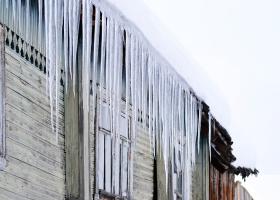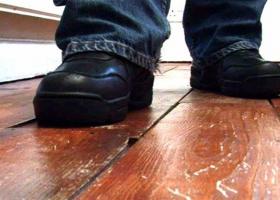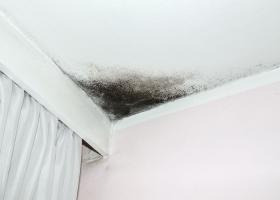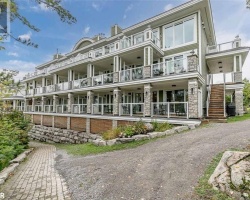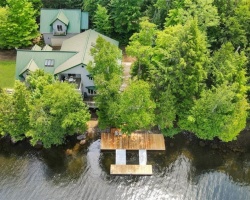Moisture in the Basement of the Cottage

Water or moisture in basements comes from one of two sources. The first source is indoor humidity that condenses on cold surfaces, much like water droplets form on a cold beer on a hot day. The other is water or water vapor that comes from outside. Rainwater, melting snow or groundwater can saturate the soil around your foundation and leak in. Water can leak through cracks, or it can penetrate porous concrete or masonry walls in the form of water vapor.
Diagnose the problem of the dampness
To figure out what's causing the problem, you can tape aluminum foil (or a sheet of plastic) to your basement wall and/or floor and inspect it a few days later. Moisture on the outside surface of the foil indicates high indoor humidity. Moisture behind the foil means moisture is leaking through the walls.
Get Rid of Excess Humidity
Eliminating the sources of humid air will help dry out your basement. Seal leaky dryer vents with foil tape to prevent unwanted humid air from entering your basement. Don't just use duct tape, it'll eventually fall off. Add a vent fan to your basement bathroom and make sure your family turns it on during showers. Keep your basement windows closed during humid weather. And if you're still getting condensation on cool surfaces, run a dehumidifier to lower the indoor humidity.
 Insulate Pipes
Insulate Pipes
Condensation dripping from cold pipes can contribute to basement water problems. Cover cold water pipes with foam pipe insulation to stop condensation. The foam insulation is inexpensive and easy to cut with scissors.
Insulate Walls
Insulate exterior walls to prevent condensation. In cold climates, insulating basement walls also saves energy and reduces your heating bill. But don't cover the walls with insulation if water is leaking in from outside; you'll just create a potential mold problem.
Keep Water Away From the Foundation
If your basement leaks after heavy rains or after snow melts, making sure water is diverted away from your foundation may solve the problem. It's common for the soil alongside your house to settle over time, creating a moat that collects runoff and directs it down your foundation wall and into the basement. Lawn edging and gravel along the foundation can make things worse. Solve the problem by creating a 6-ft.-wide slope that drops about 4 in. away from the foundation. For extra insurance, cover the sloping soil with a layer of 6-mil poly. Then hide the poly with mulch, gravel or a layer of soil covered with grass. This will keep water from soaking in near the foundation.
 Add Gutters and Extend Downspouts
Add Gutters and Extend Downspouts
If your basement leaks after it rains and you don't have gutters, consider adding them. Gutters catch the rain and channel it to the downspouts, which direct it away from the house. Whether you're installing new gutters or already have them, be sure the downspouts have 4- to 6-ft. horizontal extensions to move the water away from the house.
Plug Holes and Cracks in the Foundation
Holes and cracks in your foundation can let moisture and water seep into your basement. Plugging them probably won't solve basement leaks, but it'll help. Hydraulic cement works great for patching holes in a foundation because it can set up even under water, and it expands as it sets to seal the hole and lock the plug in place. Use a cold chisel or an angle grinder fitted with a masonry-cutting disc or diamond blade to enlarge the hole or crack into an inverted "with the narrow part of the" on the surface of the wall. Then follow the package instructions for mixing and using the hydraulic cement.
Waterproof Basement Walls
Waterproofing materials that go on like paint fill the pores in the concrete or masonry walls and prevent water from leaking in. To be effective, these coatings must be applied to bare concrete or masonry walls. Start by removing loose material with a wire brush. Then clean off any white powdery "efflorescence" with masonry cleaner. Follow the safety and application instructions carefully. A common mistake when using masonry waterproofing products is to spread them too thin. The goal is to fill every pinhole to create a continuous waterproofing membrane. Brush the coating in all directions to completely fill every pinhole. Add a second coat after the first dries.
Install a Drainage System
The best permanent fix for chronic basement leaks is to install drainage tubing below the basement floor that's connected to a sump basket and pump. You can install a system like this yourself, but breaking out the concrete floor, burying the tubing, and patching the floor is a lot of backbreaking work. Materials to do an average basement will cost $600 to $1,000. Expect to spend $3,000 to $8,000 for a professionally installed system in a standard-size basement.


